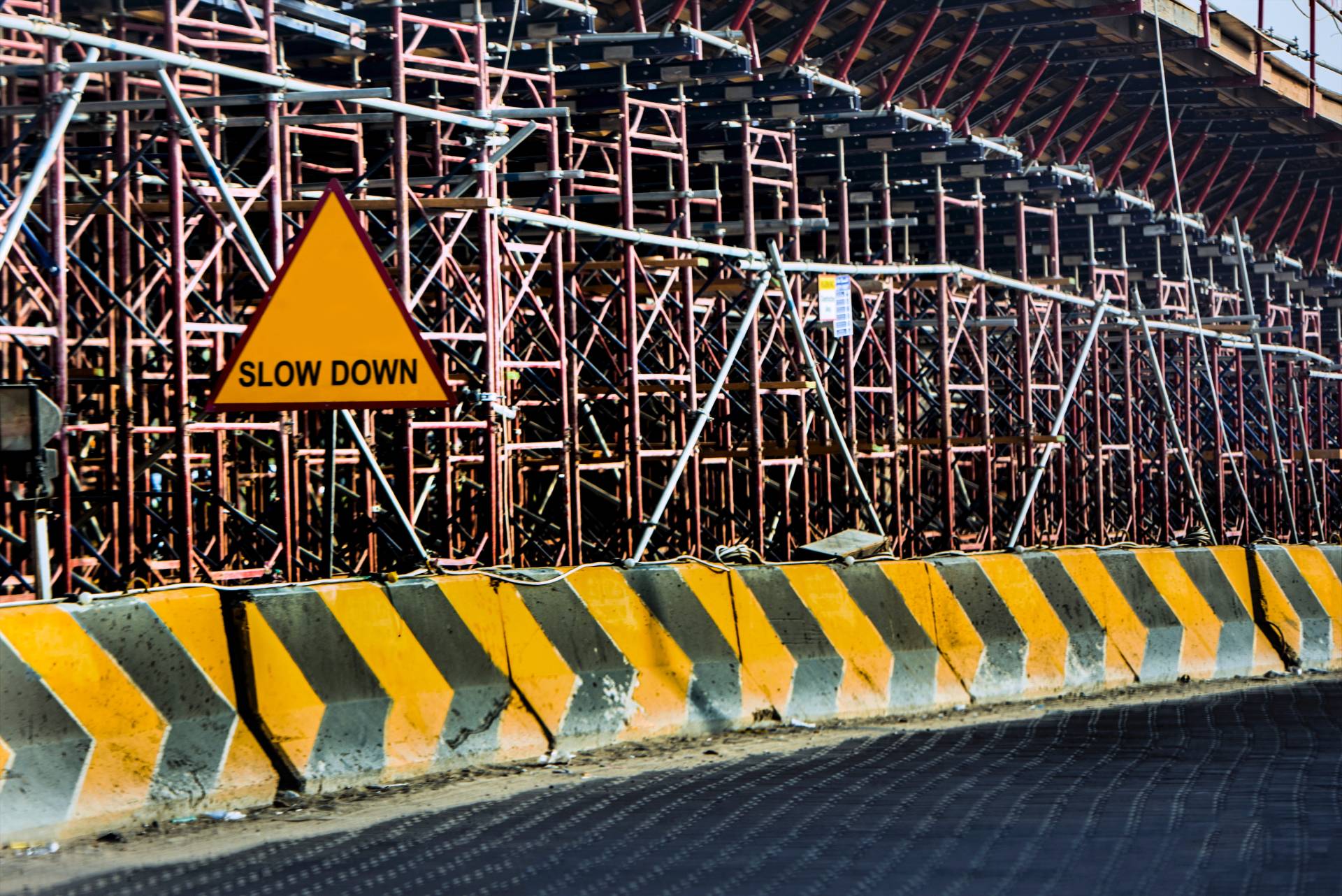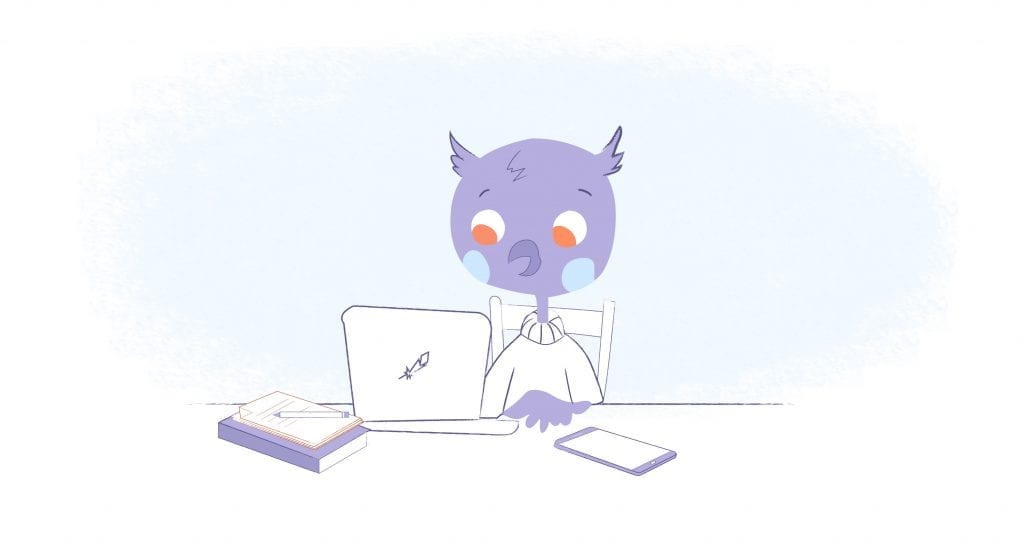

We used to think being busy was a badge of honor. In fact, this was the central tenant of the never-stop hustle culture. If you work hard, not only will you get things done, but you’ll also become wealthy.
There is, however, a downside to this mindset. When all other aspects of your life suffer, including your health and the relationship with your family and loved ones, are your genuinely successful?
Although some people are capable of working 20-hour days, at full capacity, for years without getting burnt out, this is not sustainable for most of us. In the words of the Mental Health Foundation, “The cumulative effect of increased working hours [has] an important effect on the lifestyle of a huge number of people, which is likely to prove damaging to their mental well-being.”
How would it feel if there was another way for you to achieve success holistically without sacrificing your mental health or quality of work? This is where the “slow work” movement comes in.
Focused on mindfulness, creativity, and a balanced work environment, the slow work movement promotes a balanced way of working. But, unfortunately, that is precisely the opposite of what we have been taught about succeeding. If you follow these principles and take time to recharge, however, the quality of your work and life will likely improve.
Why You Should Embrace Slowing Down
In recent years, the concept of “slow work” has gained traction across research, medicine, travel, fashion, and food. Slow work acknowledges what we’ve always known: Work is ultimately not what leads to a fulfilling life, while many workers remain exhausted and do not have any work-life boundaries. What’s more, slowness frees us from a constant hurry and makes us happier.
It was culinary writer Carlo Petrini who spearheaded the slow movement in the food world. As McDonald’s attempted to open a franchise near the Spanish Steps in Rome in the late 1980s, Petrini started the slow food movement. In contrast with industrial food production, slow food emphasizes local ingredients, sustainable practices, and, ultimately, eating for pleasure. According to the slow food manifesto, “tranquil material pleasure” counters “the universal madness of ‘fast life.'”
But how does the slow movement impact our work?
For some, a slow approach to work means less emphasis on prioritizing work and more time for ‘deep work.’ In other cases, particularly in Europe and around the Mediterranean, it means taking breaks and getting away from your desk. In fact, up until last year, it was illegal for French employees to eat lunch at their desks.
The constant flow of work tasks, domestic responsibilities, and communications that need to be dealt with make slow work seem counterproductive. According to Oliver Burkeman, author of Four Thousand Weeks: Time Management for Mortals, we will never complete our to-do list. Burkeman calls this the “efficiency trap,” in which work simply begets more work. The problem is, even if we conquer our to-do list, we’ll fall into this trap.
The benefits of slowing down at work extend beyond reclaiming one’s time. It also results in higher-quality work. Additionally, slow work is also likely to boost your creativity.
Even better, slow work builds internal calm and stability, reducing reactivity and facilitating higher responsiveness and engagement. And it also prevents burnout.
It should be repeated that leisure time has a direct relationship with happiness. In other words, there is more to life than work. It’s been found that those with more free time are happier, healthier, and more productive than those who work long hours for more money.
Moreover, one study found that those who engage in physical leisure activities for at least 20 minutes once a week are less prone to fatigue.
Studies have also shown that enjoyable leisure activities are associated with lower blood pressure, total cortisol, waist circumference, and BMI, as well as perceptions of better physical fitness. In addition, a higher level of positive psychosocial states and a lower level of depression and negative effects were also associated with such activities.
How to Practice Slow Productivity
Give yourself permission to slow down.
Permit yourself to take a break, limit your activities, reduce your workload, and pause from time to time — even if it’s just five minutes between tasks. When you do, you’ll feel less overwhelmed and have the opportunity to learn some things about yourself. Slowing down also allows you to enjoy the journey.
Another suggestion, make your outcomes more collaborative by enlisting the help of others. In turn, this will speed up your pace without going faster.
In addition to work, this applies to other aspects of life. On many occasions, we decide just to keep going, do not ask for help, and often put our health and work at risk.
In the words of Eddie Cantor, “Slow down and enjoy life. It’s not only the scenery you miss by going too fast — you also miss the sense of where you are going and why.”
Get clear on your top priorities.
Even if you believe you can, you cannot do everything. However, by committing to only a few vital things, you can go big or do a mediocre job on many things.
As Greg McKeown explains in Essentialism, “as much as we’d like to, we simply cannot have it all.” As such, we should choose the things that matter most to us.
With some intentionality, we can push back against the feeling that we can’t focus on just one or two things. So, for example, whenever you request to take on another task while working on something already, let the other party know that you need to complete your current project before starting a new one.
Schedule gradually and surely.
It is hard to overstate how important schedules are. However, how can you make your schedule more productive? I recommend organizing your daily activities in such a way that you align three essential components of success. These are:
- Tasks you would like to accomplish.
- Performance order.
- Time allocated for completing work.
By creating schedules correctly, you can create a roadmap for achieving your goals without overextending yourself.
The following steps can be taken to schedule in slow work mode:
- First, limit the number of tasks you schedule. While daily activity lists may vary in length, increasing tasks can cause mental exhaustion.
- Give yourself room to adjust. In other words, assign time for unforeseen situations.
- Schedule today on yesterday. By planning in advance, you will avoid feeling overwhelmed and be able to optimize meetings and tasks as needed.
- Don’t let complexity get in the way of clarity. You can verify this by checking your work timeline.
- Take scheduled breaks and take time off. WFH has proven to be highly effective as a preventative method of burnout.
Also, work schedule templates make scheduling easier, eliminating the burden of planning each day.
Put yourself in a position to succeed.
If you’re still caught up in distractions, what’s the point of slowing down? To let others know you are in a “deep work” mode, turn off unnecessary notifications or set yourself as unavailable on Slack.
In addition, I recommend sharing your calendar with others to let them know when you’re available.
Stop multitasking.
It is challenging to be productive when doing more than one task at a time — especially if the tasks are complex. The extent of the problem might come as a surprise to anyone who has talked on a cell phone while driving or checking email on the phone. In studies of cognitive processes (mental processes) during multitasking, psychologists found that the mind and brain were not designed for heavy-duty multitasking.
Moreover, research has shown that even brief mental blocks caused by switching between tasks can cost someone 40 percent of their productive time.
Multitasking happens when we have too many tasks, or our top priority isn’t clearly defined, so clarity is crucial. To counter this, focus on one task at a time, aka monotasking.
Be prepared for the treadmill effect.
Walking off a treadmill that moves quickly may make you feel like time is flying by. It will feel like that with slow productivity.
Take a moment to notice it, feel it, and write about it. Despite feeling strange at first, your body is becoming more aware of the world around you.
Find out who your real top needle movers are.
There are so many unnecessary and distracting things on your to-do list that you can remove from that list if you ask yourself which items on your list will actually make the most significant difference.
An excellent example of this is the slow content movement in marketing, which encourages long-form content like blog posts to gain evergreen search traffic. It is a far cry from social media posts, which may get a flurry of attention, but are quickly lost in people’s newsfeeds.
Do a few select things well, and focus your energy there.
Set boundaries.
It won’t just help you be more intentional about your working hours if you are clear about when your working hours are. And, even more specifically, when you’re in your inbox answering emails versus when you’re doing deep work on a project. But it will also help others respect your time if you are clear about your working hours.
To set clear boundaries with your colleagues, use out-of-office message scripts and share your availability.
Take breaks intentionally.
According to a popular axiom, habits are nature’s version of outsourcing. As a result of mastering the art of taking intentional breaks, our work habits will also undergo positive changes. For example, taking a proper pause can help reduce mental overdrive and practice slow work effectively.
- Once you complete a big task or project, reward yourself and acknowledge your achievements. Doing so will boost your motivation.
- Find inspiration and joy in nature.
- To ground yourself, try activating your senses: admiring things, listening to music you love, and eating food you enjoy.
- In the break time, be selective about the information you consume. To avoid information overload, unplug and process what you’ve already consumed. If you take in information, you should do something productive like reading a book.
- Use all of your vacation days. It seems like a no-brainer, doesn’t it? Yet many people find it challenging to take paid leave when entitled to it.
Stress management and attention to detail are the main components of slow work. Make sure you allow yourself time to unplug, process information, and regain strength when taking a break.
Image Credit: Frans van Heerden; Pexels; Thank you!











Deanna Ritchie
Editor-in-Chief at Calendar. Former Editor-in-Chief and writer at Startup Grind. Freelance editor at Entrepreneur.com. Deanna loves to help build startups, and guide them to discover the business value of their online content and social media marketing.